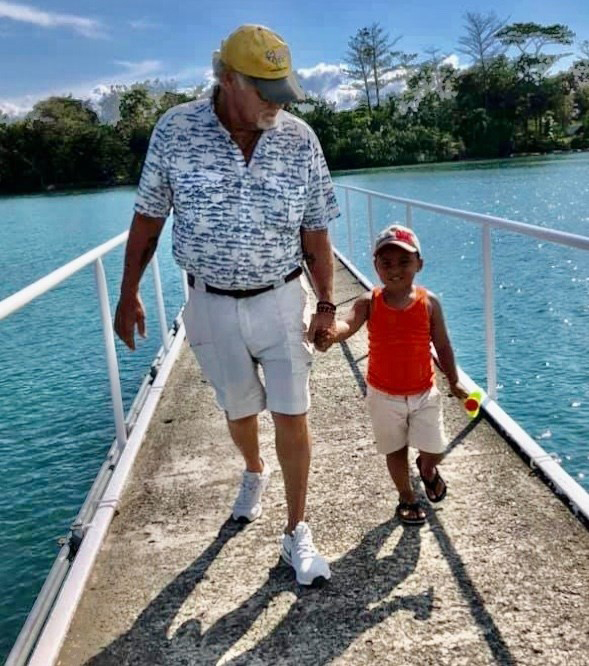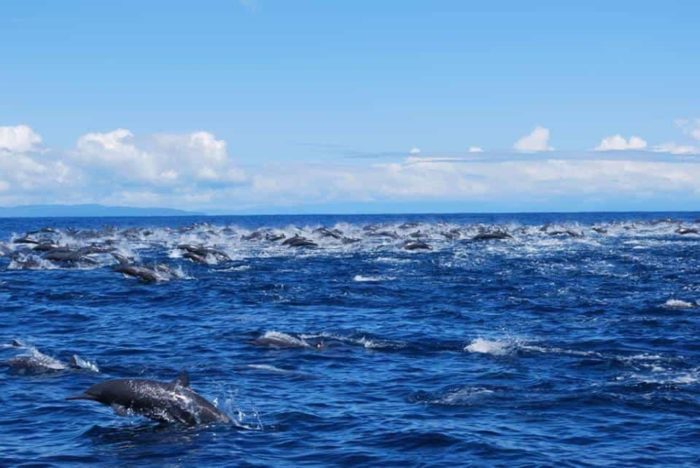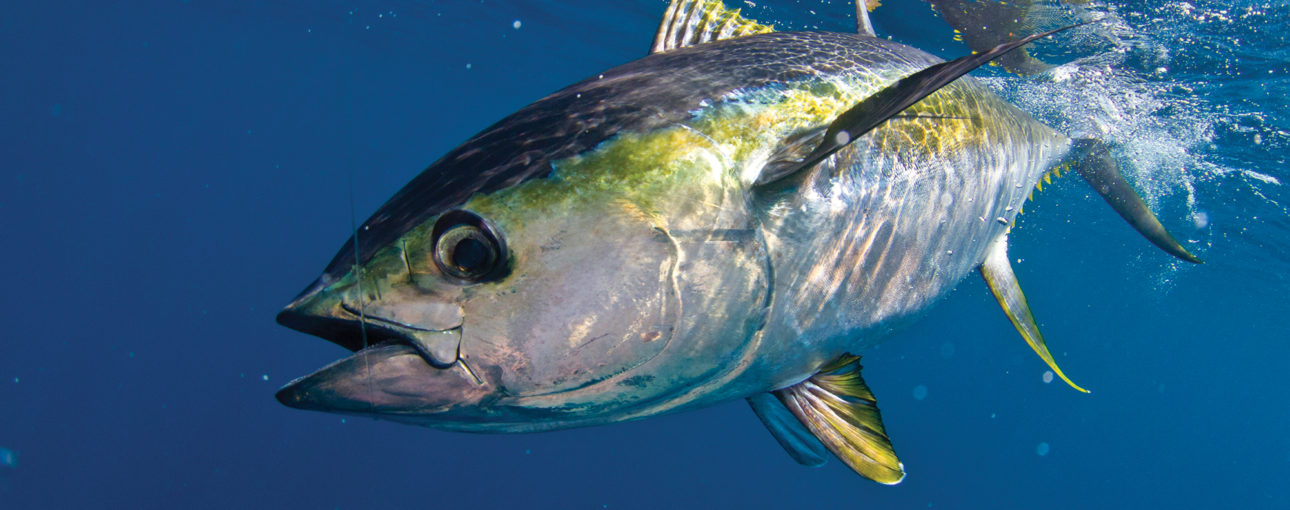A Letter to Costa Rica’s New Congress
By Todd Staley published for The Tico Times

First congratulations on being selected to your new position. You have accepted a difficult and taxing job. But if not for your love of this country, you would have declined to accept it. Please allow me to preface this letter. You may ask yourself, “why should I listen to the opinion of a foreigner.”
Those who know me also know I am more Tico than gringo, have had the honor of living in your country over thirty years and the government has allowed me to become a naturalized citizen. My heart is “Puro Tico,” but I am stuck with this face of a gringo I was born with.
I have raised 4 Tico children, all boys. One with an accounting degree who handles inventory at a Costa Rican chain of hardware stores, A college student whose first degree at a Costa Rican University was in English with a 98 point average, about 20 points higher than I ever scored as a native speaker.
Also have a talented soccer player who had just moved up to second division for Perez Zeledon before Covid ended that program, but if he gets lucky and noticed again, he will surely one day play for a Division One team. And finally, one son who followed in my footsteps and is a Sport Fishing Captain at Crocodile Bay and a much better marlin fisherman than I ever was.
My reasoning for the preface of this letter is because the subject deals with another foreign group. Foreign Purse Seine Tuna Boats. Expedient No. 21.531 also known as the tuna reform law, was kicked around like a “futbol” by the congress before you for over two years and never finished.
The same happened with the first tuna decree that was first signed by President Chinchilla but later passed by President Solis. At the end of their term, the last congress approved the new law but left it for the present congress to finish.
The new tuna reform law up for vote has several issues I am not qualified to address such as your decisions of what to charge for licenses to foreign boats and what discounts to give, although other countries charge much higher fees to lease their waters. One thing I am qualified to voice my opinion is the effect of your decisions on natural resources.
The Number One natural resource here is people, namely Costa Ricans and how the coastal polygon affects their lives.
The coastal polygon was created by decree in 2014 moving the foreign purse seiners operation out from 12 miles to the coast out to 40 miles. The new text in the current tuna reform bill calls for moving them out to 80 miles.
The Coastal Polygon Works
The tuna industry has a powerful lobby. Their argument is that moving the coastal polygon out further will negatively affect their 5000 direct and indirect Costa Rican employees and the cost of fishing operation will increase.
That is just not true. Actually all tuna purse seine licenses sold in the last few years have been awarded to boats flagged in Venezuela and Nicaragua and boats traveling that far are not worried about distance. In fact their cost of operation has gone down.
The tuna populations has increased greatly in the polygon. The coastal polygon has become a recruitment area for tuna but they are always on the move and many do not stay in the polygon. The average catch rate for a tuna purse seine boat per net set has risen from 10 tons per set to nearly 20 tons per net set since the first polygon was created.
Whereas the tuna processing plant in Puntarenas generates 5000 jobs, Commercial longline and tourist fishing generate well over 60,000 jobs in the coastal communities. Between the two they generate up towards $1 Billion annually to the country´s gross national product. There are approximately 350 long line licenses issued and 675 sport fishing licenses issued by Incopesca.
Sport Fishing creates more than 35,000 jobs for Costa Rican and generates $520 million annually. The majority is not going to the fisherman. Hotels, transportation companies, restaurants, tour companies, and souvenir shops also benefit greatly.

I have in the last 30 years given nearly 1000 Costa Ricans positions related to sport fishing. It has had many rewarding moments. I have seen both men and women who barely finished elementary school themselves be able to build their first home, or send their own children to Costa Rican Universities with earning from sport fishing.
The text of the tuna reform law calls for moving the coastal polygon out to 80 miles. Motions were taken last week for suggested changes. Thankfully your congress seems to have a better vision for Costa Ricans than the last congress. There were several motions to move the polygon to 100, 120, 150 and even out to 200 miles.
Only one motion was to keep it at the current 40 miles. This surprisingly to me came from a congressman from Puntarenas, suggesting in my opinion that he doesn´t understand the people in his own district.
Conflicts in the Ocean
Costa Rican regulations require most longline and sport fishing boats to operate within 40 miles of the coast. That is 1000 Costa Rican boats competing for the fish in a small area while a handful foreign purse seine boats can fish a large area of Costa Rican territorial waters. By moving the coastal polygon out to the very least 100 miles, these conflicts between longline and sport fishermen can bring about compromise.
Hopefully one day I will see either by Incopesca agreement or Costa Rican law the Coastal Polygon being zoned. My personal thoughts would be the first 45 miles be reserved for sport fishing and selective types of commercial fishing like greenstick and commercial pole and line fishing for tuna. The remaining area of the coastal polygon used by the commercial medium sized longline fleet. All at this moment are limited to 40 miles.
Don´t forget the Dolphins
It is estimated that 85% of purse seine net sets in Costa Rica are over pods dolphins. Over the years, 6 million dolphins have perished in tuna nets. Techniques used today have reduced that number to an estimate of 2000 yearly in the Eastern Tropical Pacific. Yet the same dolphins are captured over and over.

They are panicked, and juveniles get separated from their mothers. Very few of the juveniles separated from their mothers survive. Most of these dolphins live within 100 or so miles from shore so an expansion of the coastal polygon will help protect them.
For me it´s an easy question. Do we want our children to one day tell their children, “Do you know your “abuela(o) helped save the ocean in Costa Rica”, or will they say, Your abuela(o) gave it away.
About Todd Staley
 Todd Staley has worked in Sport Fishing in Costa Rica over 30 years and was recently awarded the Barry Fitzpatrick Conservationist of the year for 2022 by the International Game Fish Association (IGFA)
Todd Staley has worked in Sport Fishing in Costa Rica over 30 years and was recently awarded the Barry Fitzpatrick Conservationist of the year for 2022 by the International Game Fish Association (IGFA)






















